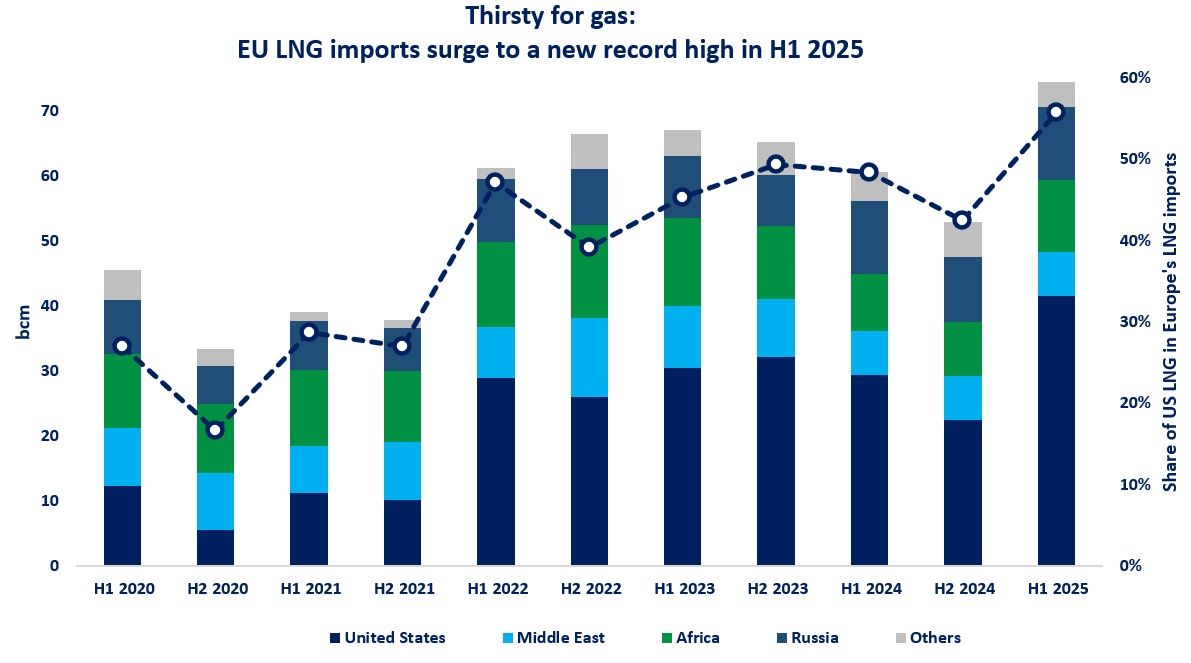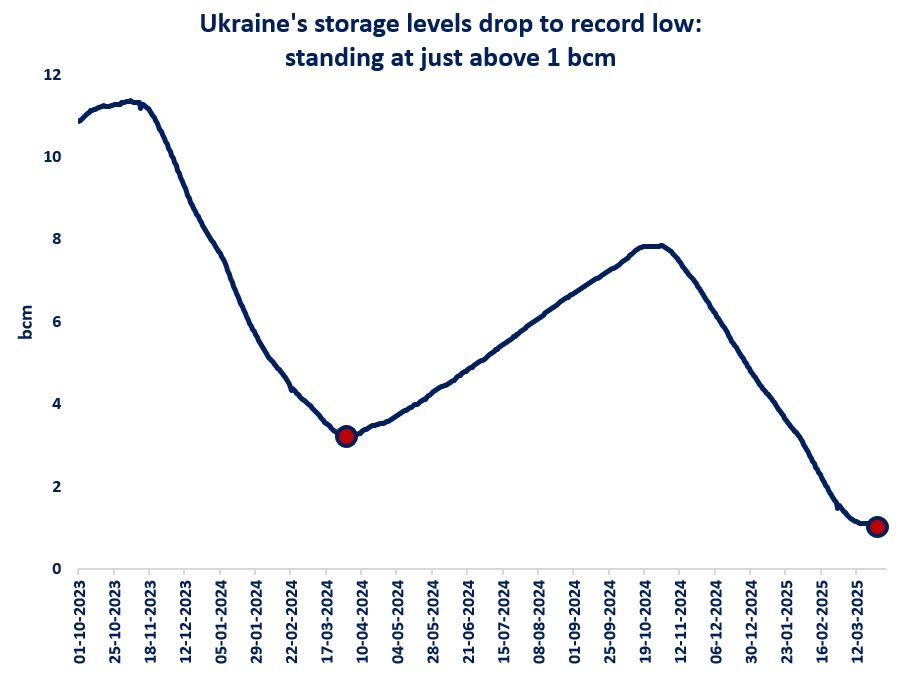

Russian fertiliser exports to the EU increased by more than 40% yoy in 8 months of 2024, translating into a bill of €1.1 billion for Europe (20% above its 2021 levels).
The European Union increased its fertilisers imports by over 10% yoy in the first 8 months of 2024, which is partly due to lower stock levels following 2022/23 when both production and imports were down (with the gas crisis fuelling record high fertiliser prices).
Russia alone accounted for 85% of the EU’s incremental fertilisers imports in 8months of 2024, translating into additional sales volumes of around 1 Mt.
Mixed fertilisers were driving this strong growth, with their deliveries rising by more than 80%, while nitrogenous fertiliser sales were up by around 13%. Russian potassic fertilisers imports more than doubled, albeit from a relatively low basis.
The large agricultural EU countries were driving up Russian fertilisers imports. Poland, France, Italy and Spain accounted for 80% of incremental Russian fertiliser imports. in contrast, Germany’s fertilisers imports from Russia dropped by 17%, although some of this might have been offset by indirect fertiliser supplies from
Russia.
As a consequence of this strong growth, Russia’s share in EU fertilisers imports increased from around 21% in 2023 to near 28% in 2024 -a share similar to its 2021 levels.
In the meantime, Russia’s ammonia production (a key input to fertiliser production) rose by near 7% yoy in the first three quarters of 2024 -partly reflecting the strong demand growth in key import markets.
It will be interesting to see how Russia’s strategy will evolve in scaling-up its gas chemical/fertiliser industry -which is not under sanctions.
The added value of these sectors is significantly greater than simply selling piped gas. While Russia is facing a domestic overcapacity, gas chemicals and fertilisers seems to be a natural outlet…
What is your view? How will Europe’s fertiliser dependency evolve? what does it mean for food supply security? What can be done to scale-up domestic production?
Source: Greg MOLNAR













